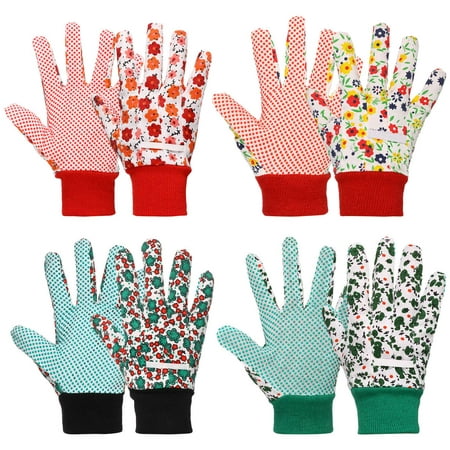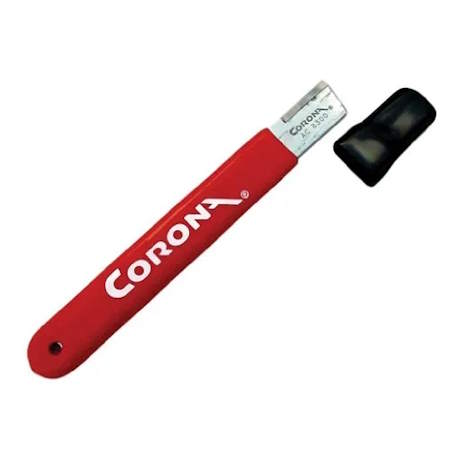What not to prune in summer – 8 plants to never trim during high season or risk losing them forever
Why you need to keep the pruners away from these plants in summer
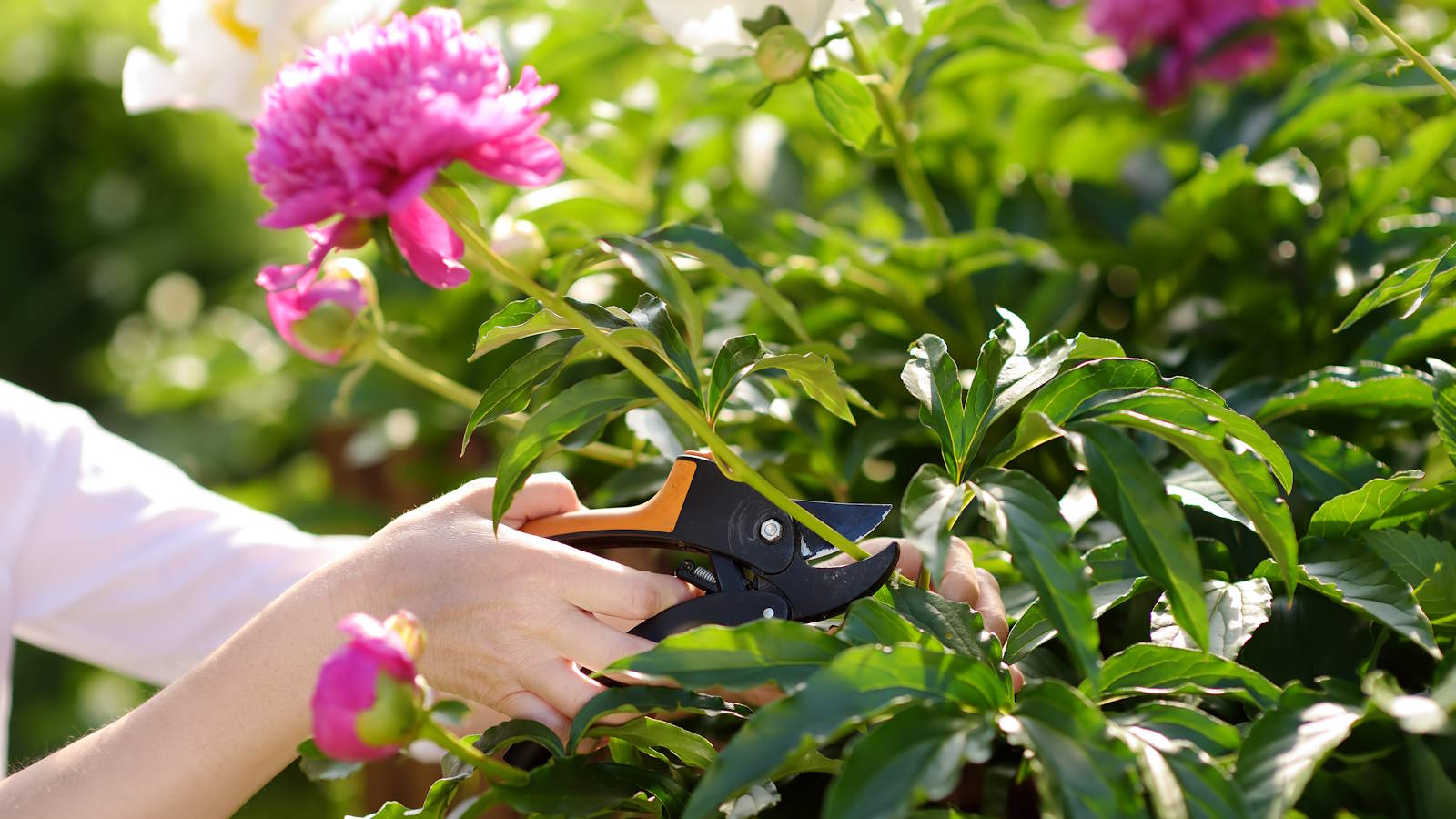

The summer is full of gardening tasks, and the to-do list often feels like it keeps getting longer and longer. Many plants benefit from being pruned in the warmer months, however, some should not be trimmed in the summer.
Pruning is a task that keeps plants neat, healthy, and productive. It is also a job to be done carefully, as different plants have specific needs and techniques - including the ideal times to prune and those to avoid.
Some specific plants should never be pruned in summer and trimming them need not appear on your summer gardening checklist. Don’t make the error of pruning at the wrong time as it can rob you of a glorious flowering display or put the plants at increased risk of pests and disease.

6 plants you should never prune in summer
There are many reasons to head out into your backyard with pruning shears during the summer, including deadheading roses, pruning apricot trees and other stone fruit, and taking cuttings from tender perennials. You may have the best intentions in mind and think pruning will help and not harm the plant, but you would be making a pruning mistake by taking the garden tools to these plants during the summer.
1. Rhododendron
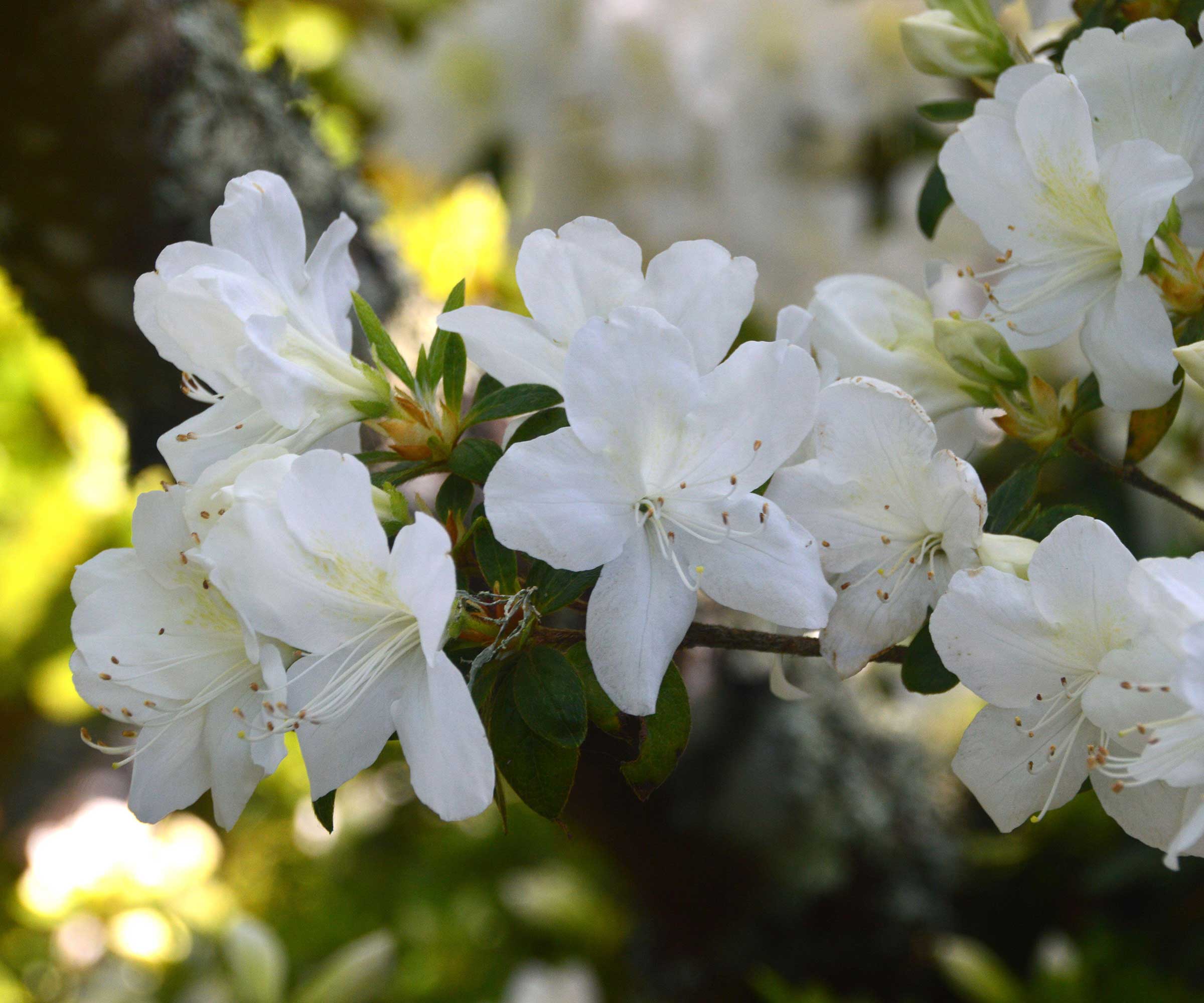
Evergreen shrubs like rhododendrons, azaleas, and camellias, flower in spring yet impress year-round with their glossy foliage. The best time to prune rhododendrons is in spring after they have finished flowering. Trimming at this time gives the shrub lots of time to develop new growth and they tend to set the flowers for next year by late summer.
Pruning in summer diminishes the flowers you’ll see next spring. The American Rhododendron Society also warns that ‘summer pruning often results in lush sprouts that are subject to aphid injury and may not harden sufficiently to withstand low winter temperatures’.
It may leave rhododendrons at risk of pests and disease when frost damages the new flush of growth that will inevitably follow any summer pruning.
2, Hydrangea
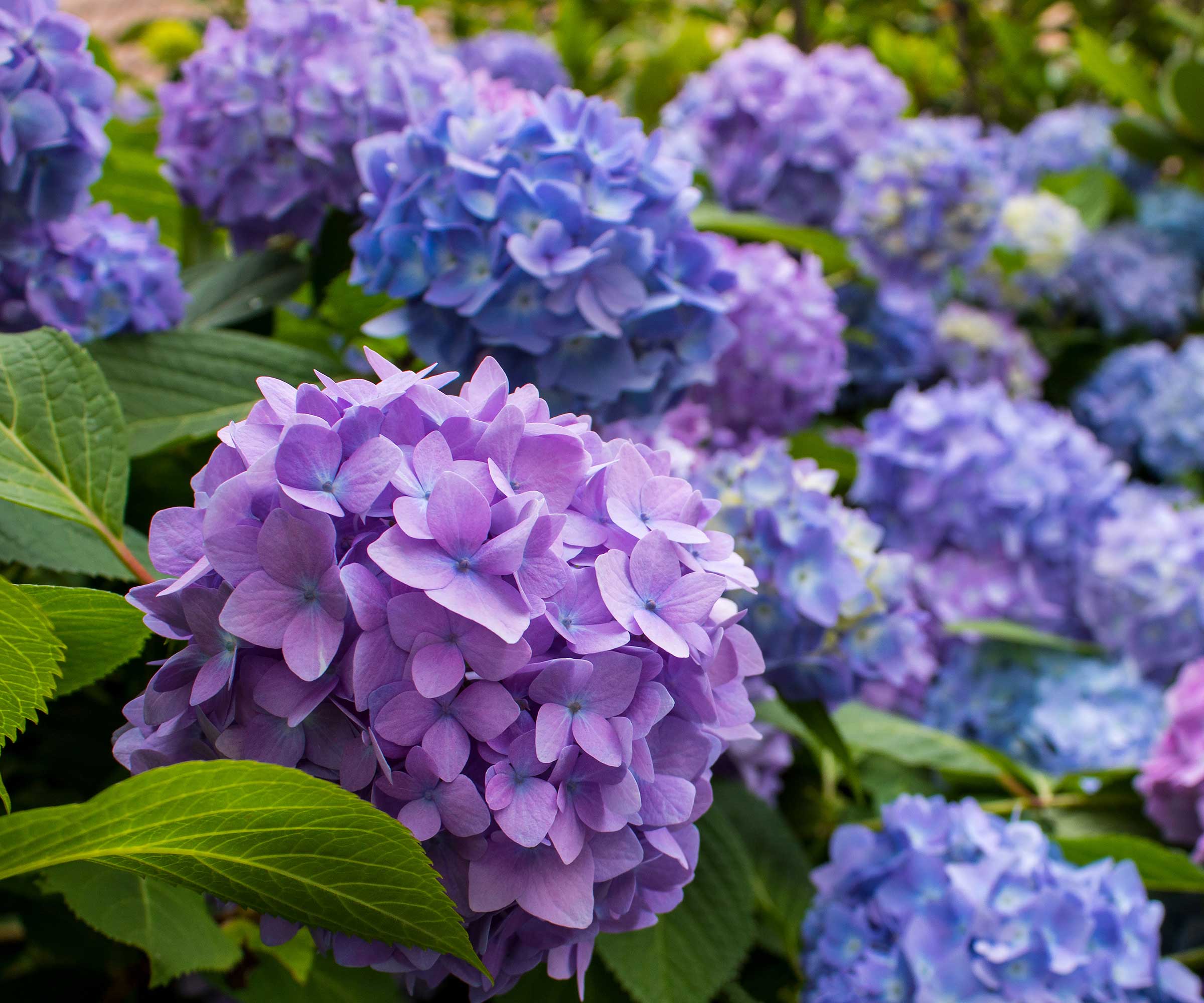
Pruning hydrangeas can be tricky, as different types want to be trimmed at set times of year - treating all types the same is a hydrangea pruning mistake. However, trimming any hydrangea variety in summer removes that year’s flowering buds and is not ideal as it will impact the display.
Hydrangeas bloom for long periods throughout mid and late summer, so do not affect the beautiful flowering by removing the buds that will carry this year’s flowers. The ideal time to prune hydrangeas is in late winter or early spring.
3. Potentilla
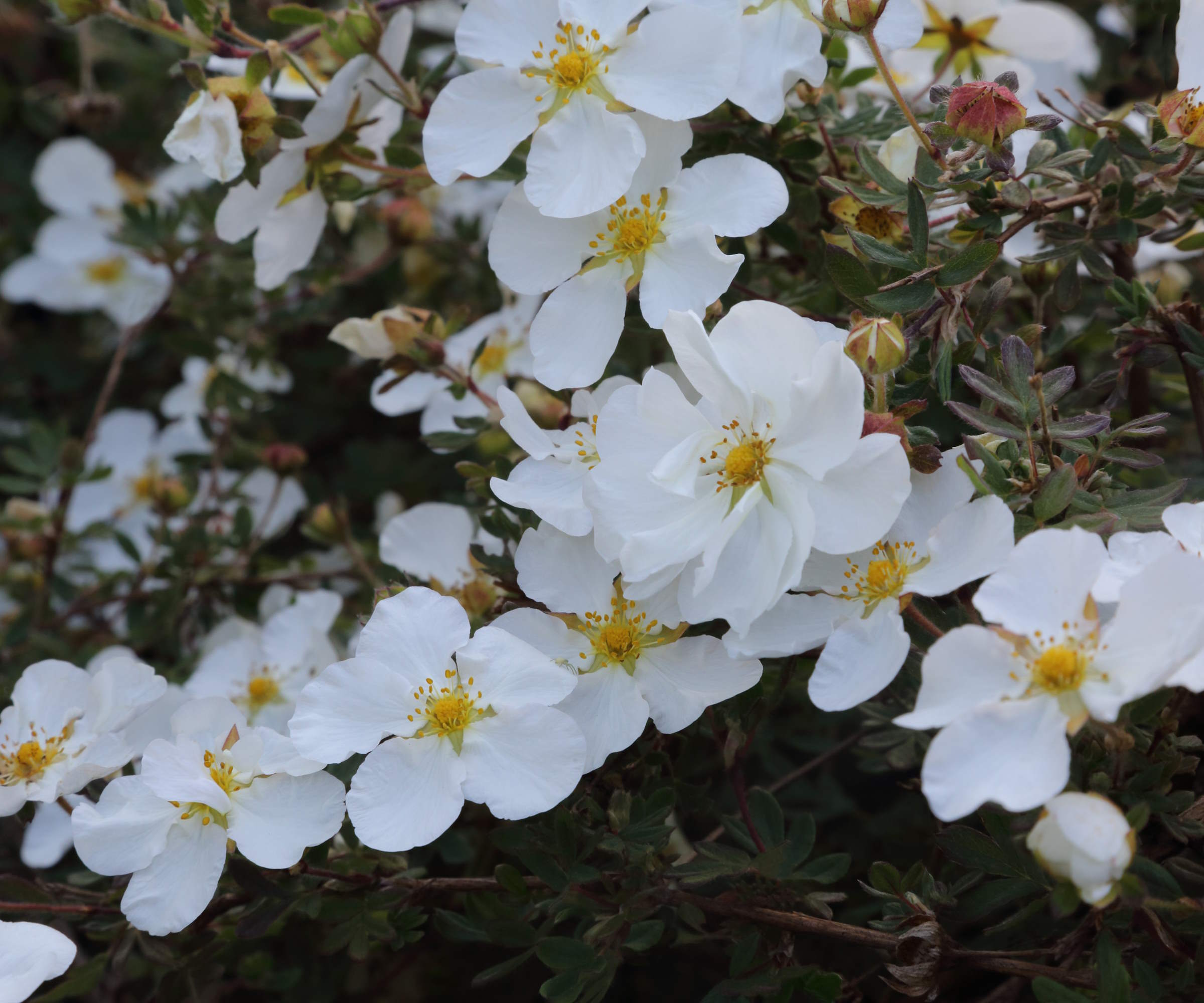
Potentillas are flowering shrubs or perennials that put on a long display of flowers from spring through to fall. This glorious display peaks in the summer and pruning potentilla during this prime time will dramatically reduce flowering, not only this year but potentially for years to follow.
Potentillas are plants to prune in spring, trimming before the leaves emerge and flower buds form for the year.
4. Hibiscus
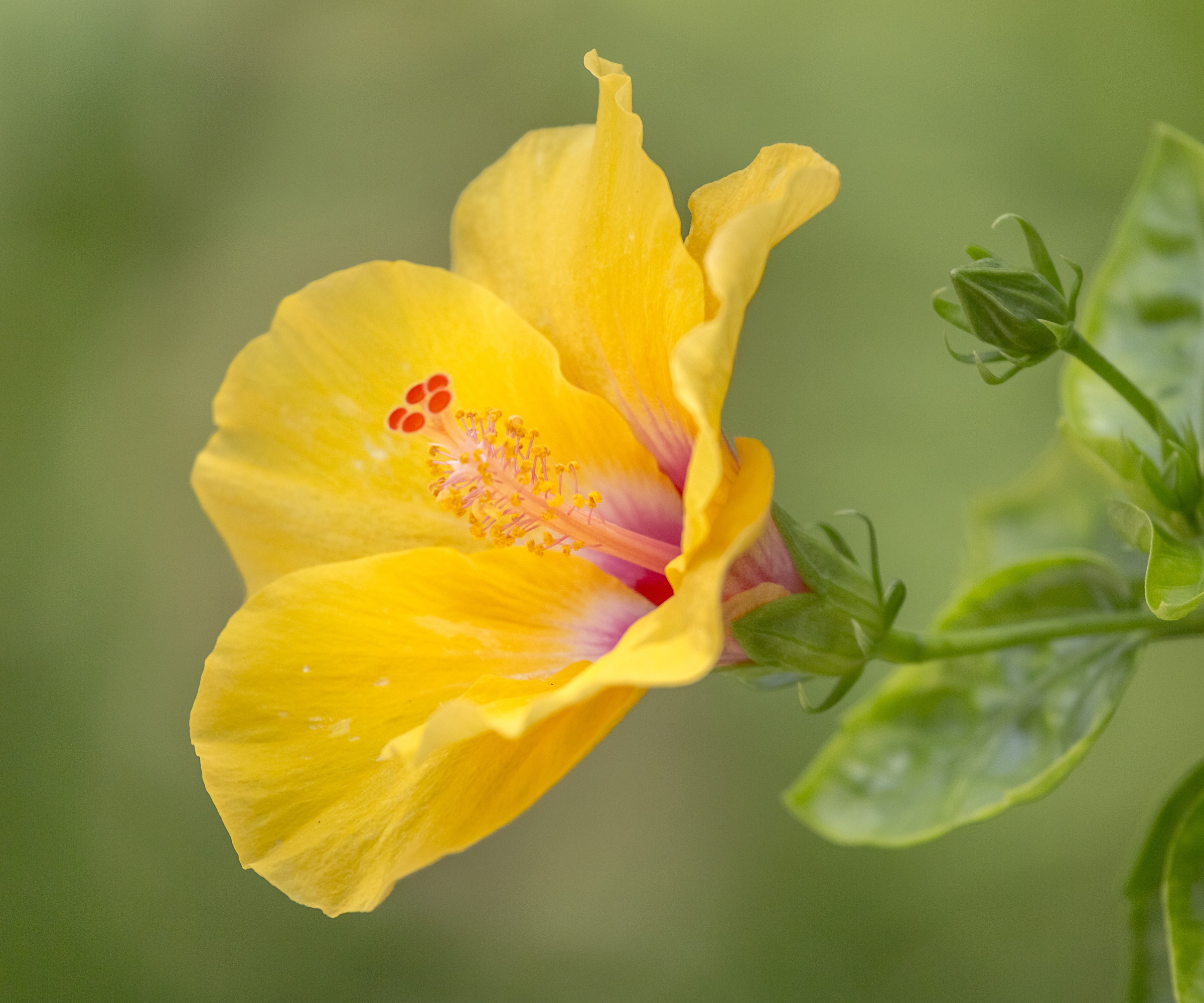
Growing hibiscus fits any tropical backyard idea, though you can also get hardy hibiscus more suited to cooler climates than their tender counterparts. The plants produce trumpet-like flowers that bloom in midsummer on new growth produced that year.
The ideal time to prune hibiscus is in late winter to early spring, once the risk of frost has passed. Pruning hibiscus in summer can reduce the flowers you get as you remove new growth and flower buds. It also risks stressing the plant, leaving it more susceptible to pests and diseases.
5. Smoke bush
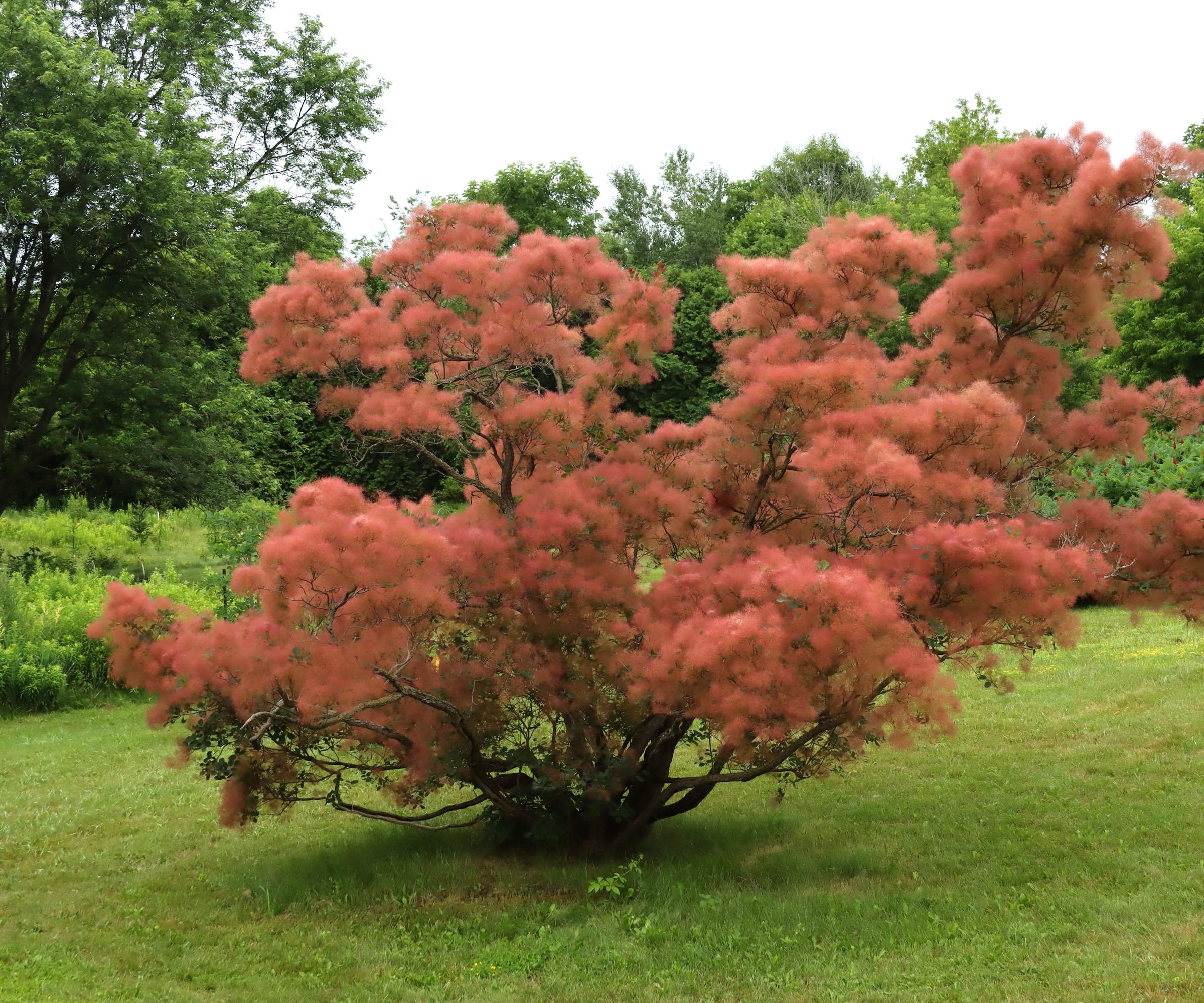
A smoke bush is so-called for its plumes of tiny flowers that make it look like the shrub or small tree is engulfed in clouds of smoke. It is a very distinctive look and pruning a smoke bush in summer can dramatically affect that display, as trimming will remove those flowering buds and lessen the impact of that year’s blooming.
The best time to prune a smoke bush is in late winter or early spring, just as it starts to come out of winter dormancy.
6. Abelia
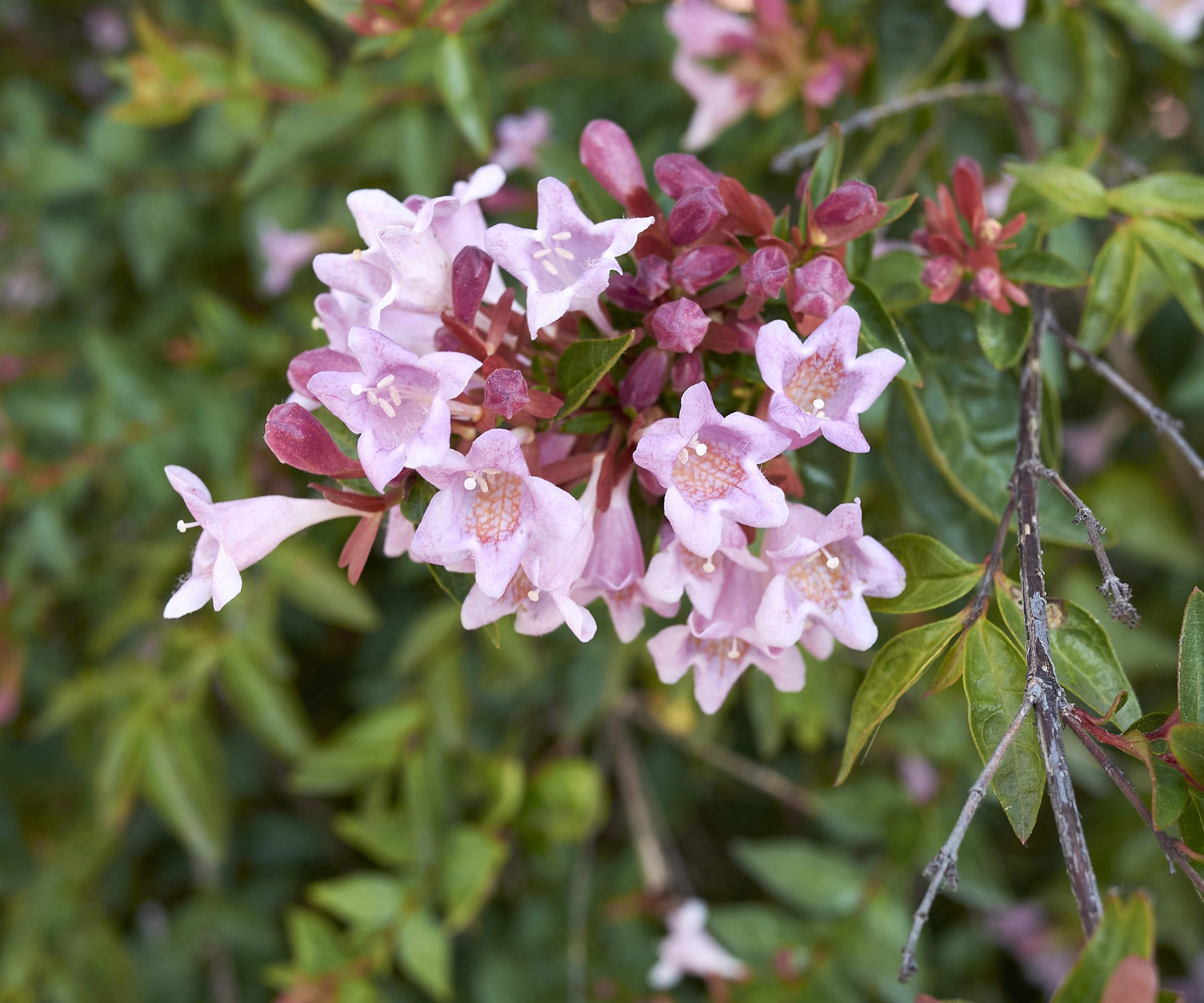
Abelia is another summer-flowering shrub very popular in landscapes thanks to its range of colors and fragrant flowers. The shrub blooms on new wood and you prune abelia in late winter or early spring to encourage the development of buds to carry that summer’s display.
Pruning after early spring risks removing the buds that will flower that summer. Not only will you be deprived of a display, but, as they are fantastic flowers to attract bees and butterflies, there will be fewer blooms for pollinators to enjoy as part of a wildlife garden.
7. Daphne
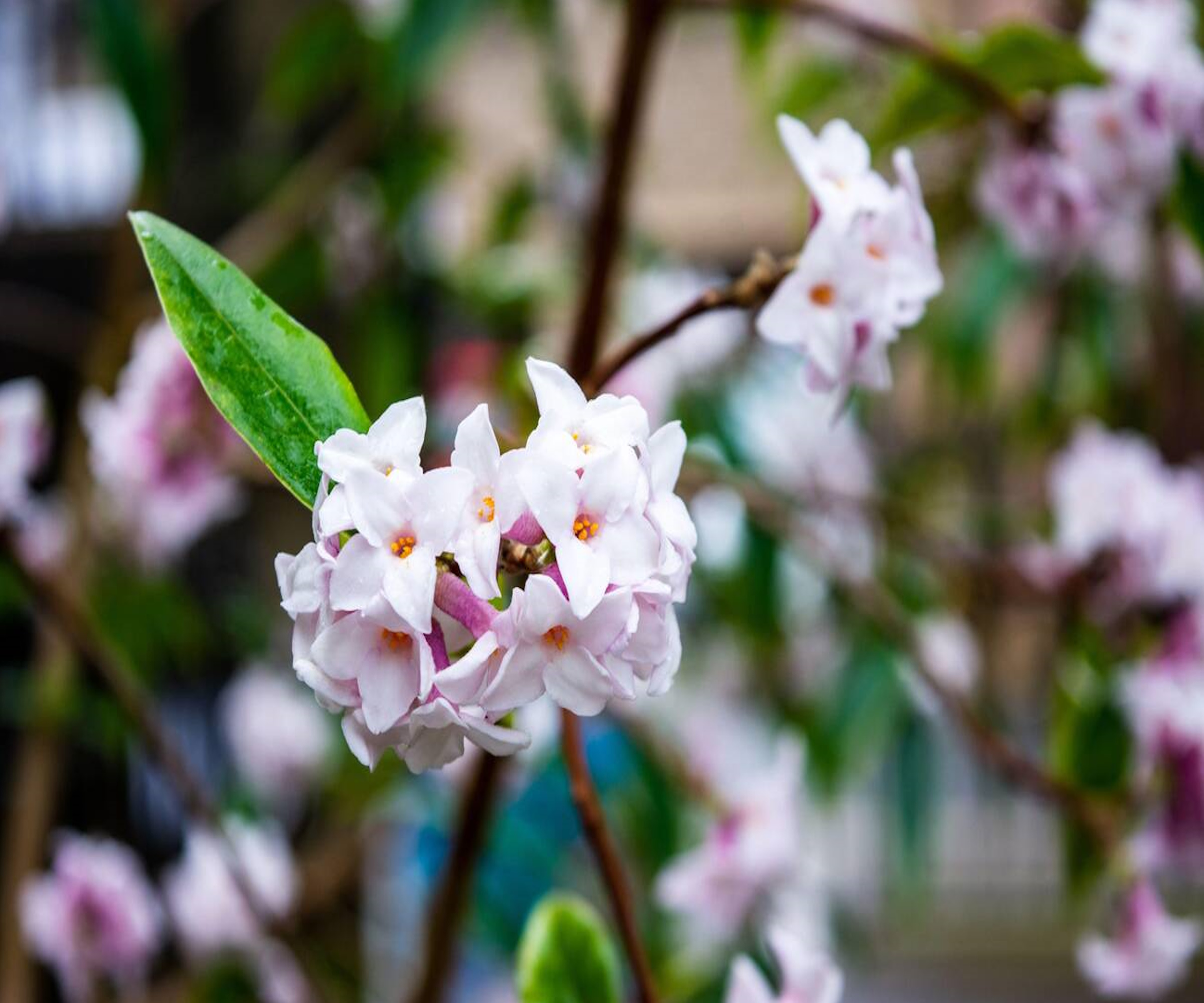
Daphne is a hugely popular winter-flowering evergreen shrub. They are very slow-growing shrubs that may take 10 years to reach 3-4 feet tall and there tends to be little need for regular pruning.
When trimming is required, however, it pays to get the timing right. It wants to be done immediately after flowering, which would be in spring, as daphne blooms on old wood. Pruning in summer brings the risk of removing next year’s buds. While it may not be a common task, it should be included on a spring gardening checklist.
8. Begonia
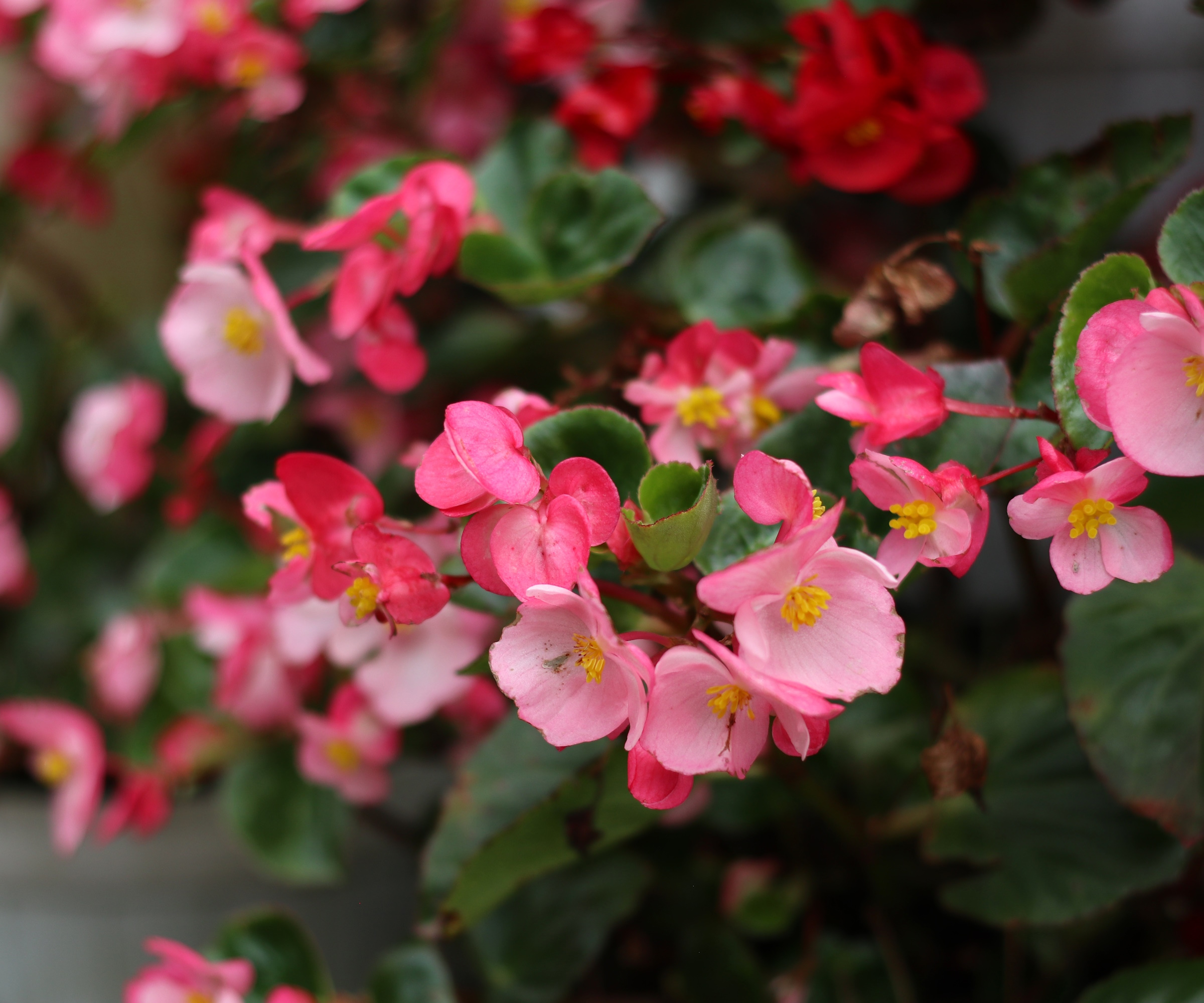
Begonias are bright and bold plants native to South America, Africa, and Asia and come in a variety of colors. They can grow in flower beds and borders, containers, or hanging baskets to provide a pop of color to any setting.
They benefit from being deadheaded in summer to keep begonias blooming, but not pruned as excess trimming can stop them from producing more flowers. As the American Begonia Society recommends: ‘You want to prune before your plants are flowering in late spring through summer. After all, you don’t want to cut off those flowers.'
Shop pruning essentials
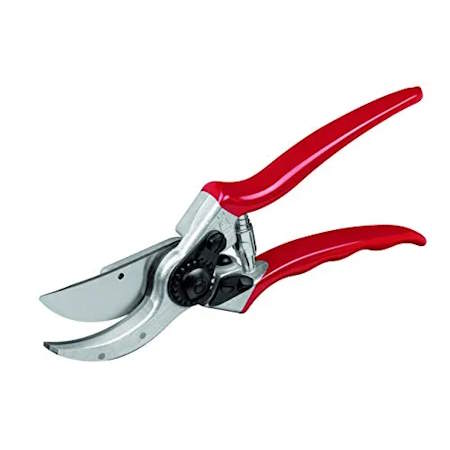
A pair of comfortable, lightweight, and versatile pruning shears with high quality hardened steel blades that are ideal for light applications.
There are still many plants that do need pruning in the summer. To discover a selection of these, see our guide to plants to prune in July for shrubs, perennials, and edibles that will benefit from trimming during the month.
Sign up to the Homes & Gardens newsletter
Design expertise in your inbox – from inspiring decorating ideas and beautiful celebrity homes to practical gardening advice and shopping round-ups.

Drew’s passion for gardening started with growing vegetables and salad in raised beds in a small urban terrace garden. He has worked as a professional gardener in historic gardens and specialises in growing vegetables, fruit, herbs, and cut flowers as a kitchen gardener. That passion for growing extends to being an allotmenteer, garden blogger, and producing how-to gardening guides for websites. Drew was shortlisted for the New Talent of the Year award at the 2023 Garden Media Guild Awards.
-
 You won’t believe these chic coastal backyard finds are from ALDI – and everything’s under $50
You won’t believe these chic coastal backyard finds are from ALDI – and everything’s under $50Hampton's style on an ALDI budget
By Charlotte Olby
-
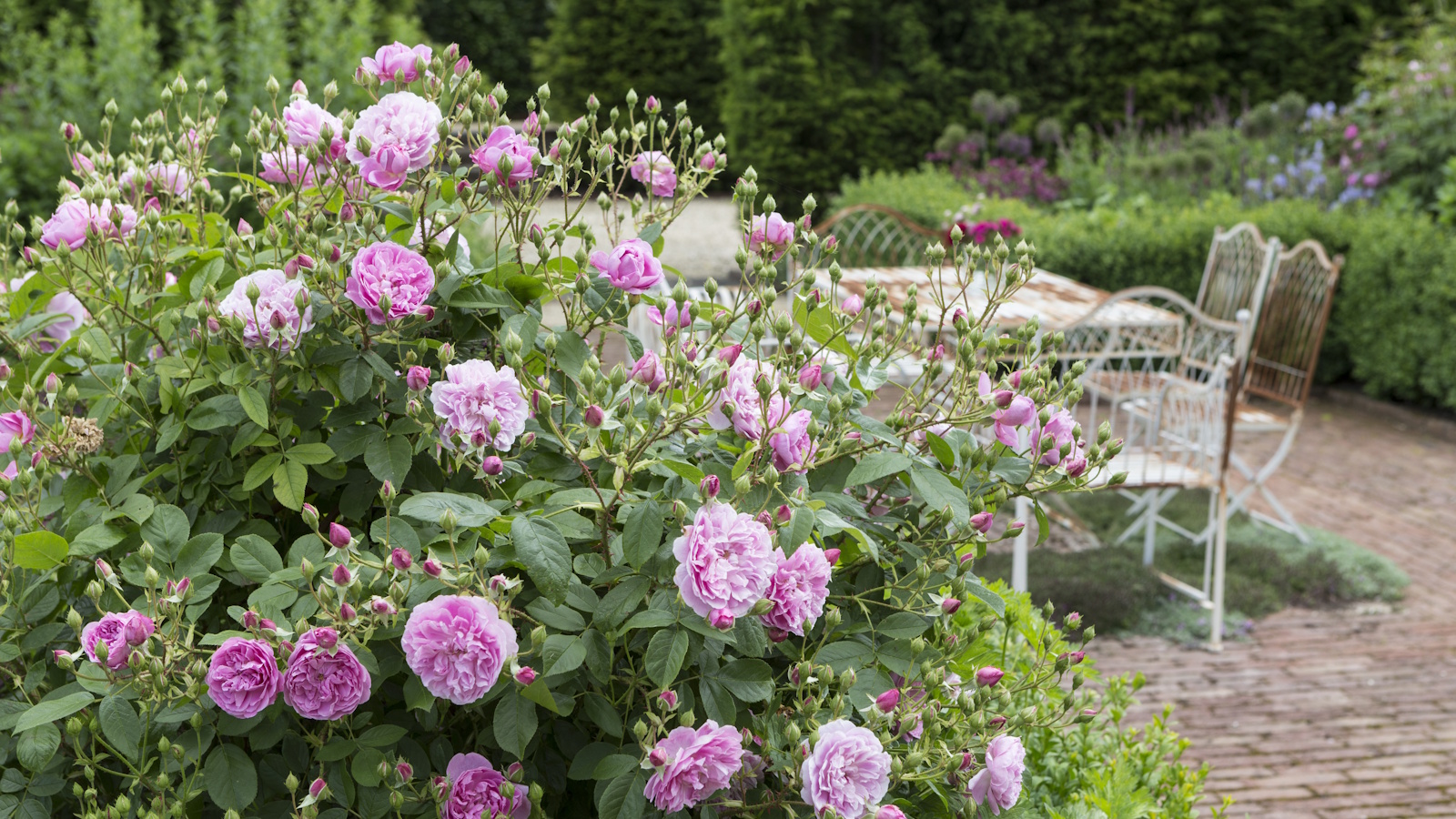 How to weed a garden quickly – professional gardeners reveal the five-minute weeding jobs to do now and get your yard summer-ready
How to weed a garden quickly – professional gardeners reveal the five-minute weeding jobs to do now and get your yard summer-readyShort on time? These time-efficient tasks will keep on top of problem plants
By Thomas Rutter
-
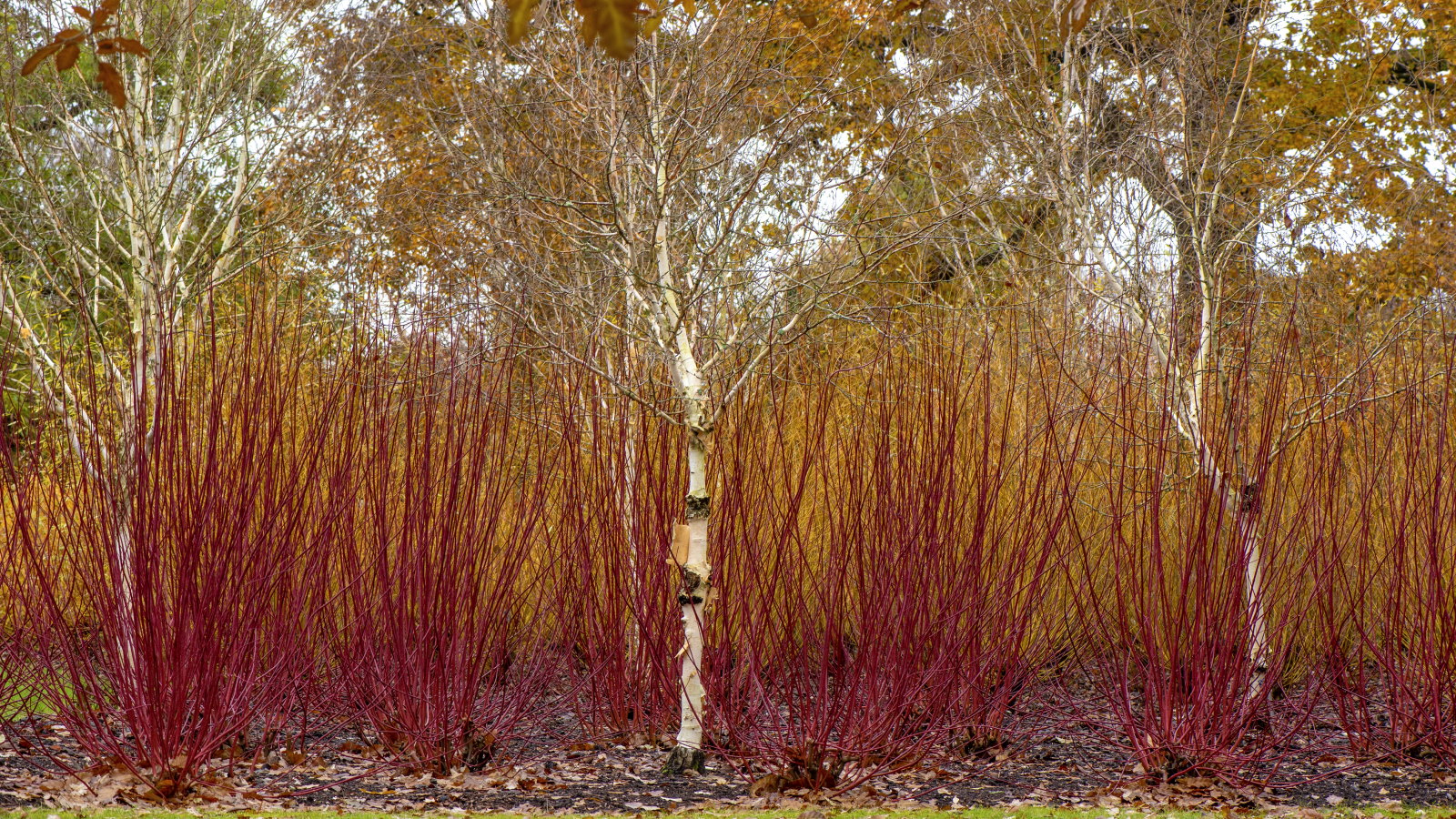 How to coppice trees and shrubs – and the 5 species that will benefit from this historical and super simple pruning technique
How to coppice trees and shrubs – and the 5 species that will benefit from this historical and super simple pruning techniqueCoppicing has aesthetic and practical benefits in a garden
By Drew Swainston
-
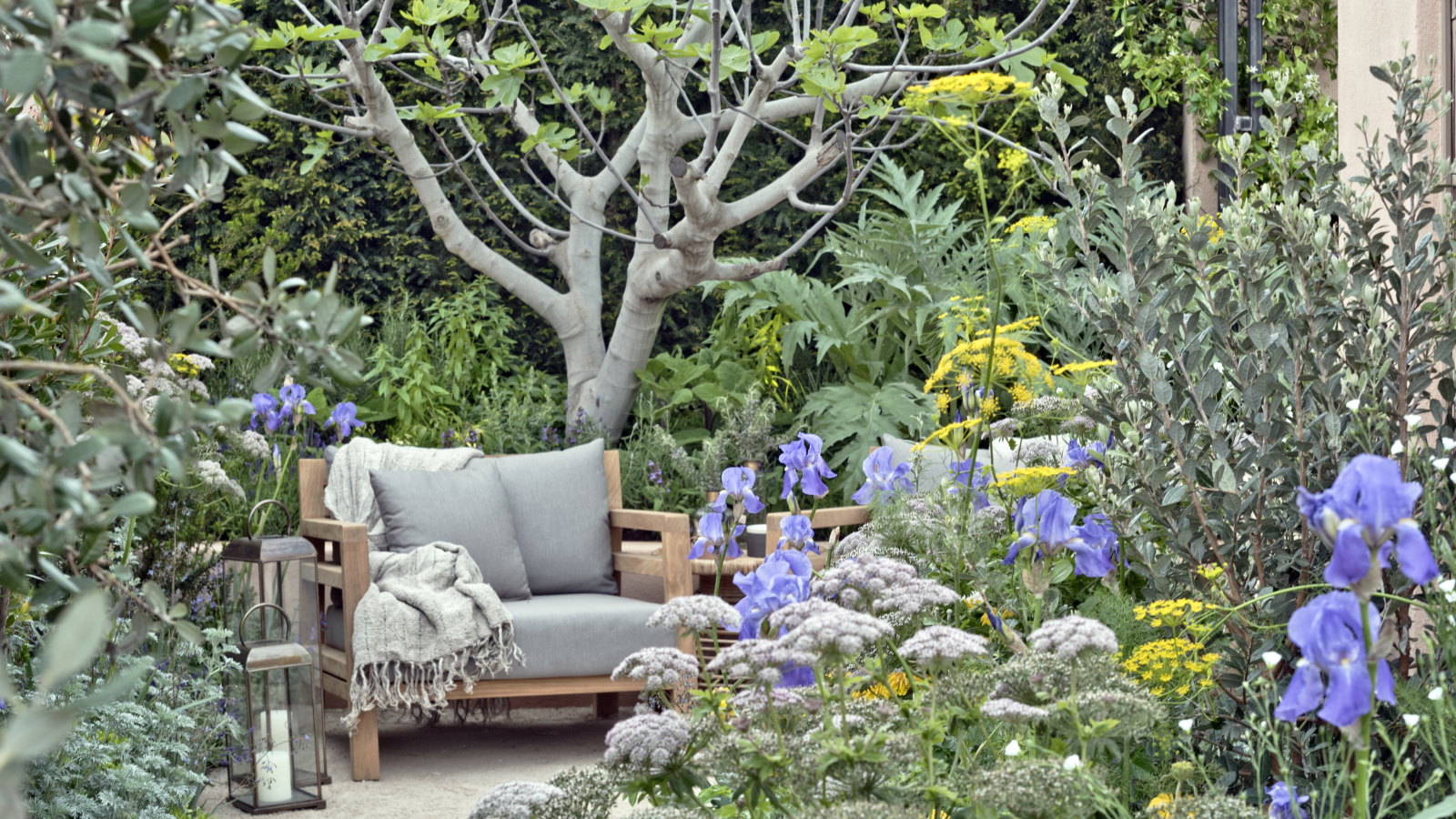 Horticulturists urge you to prune these 7 plants in April – for healthy growth and better-than-ever flowering displays
Horticulturists urge you to prune these 7 plants in April – for healthy growth and better-than-ever flowering displaysDiscover a key selection of plants to cut back this month, with expert pruning advice
By Drew Swainston
-
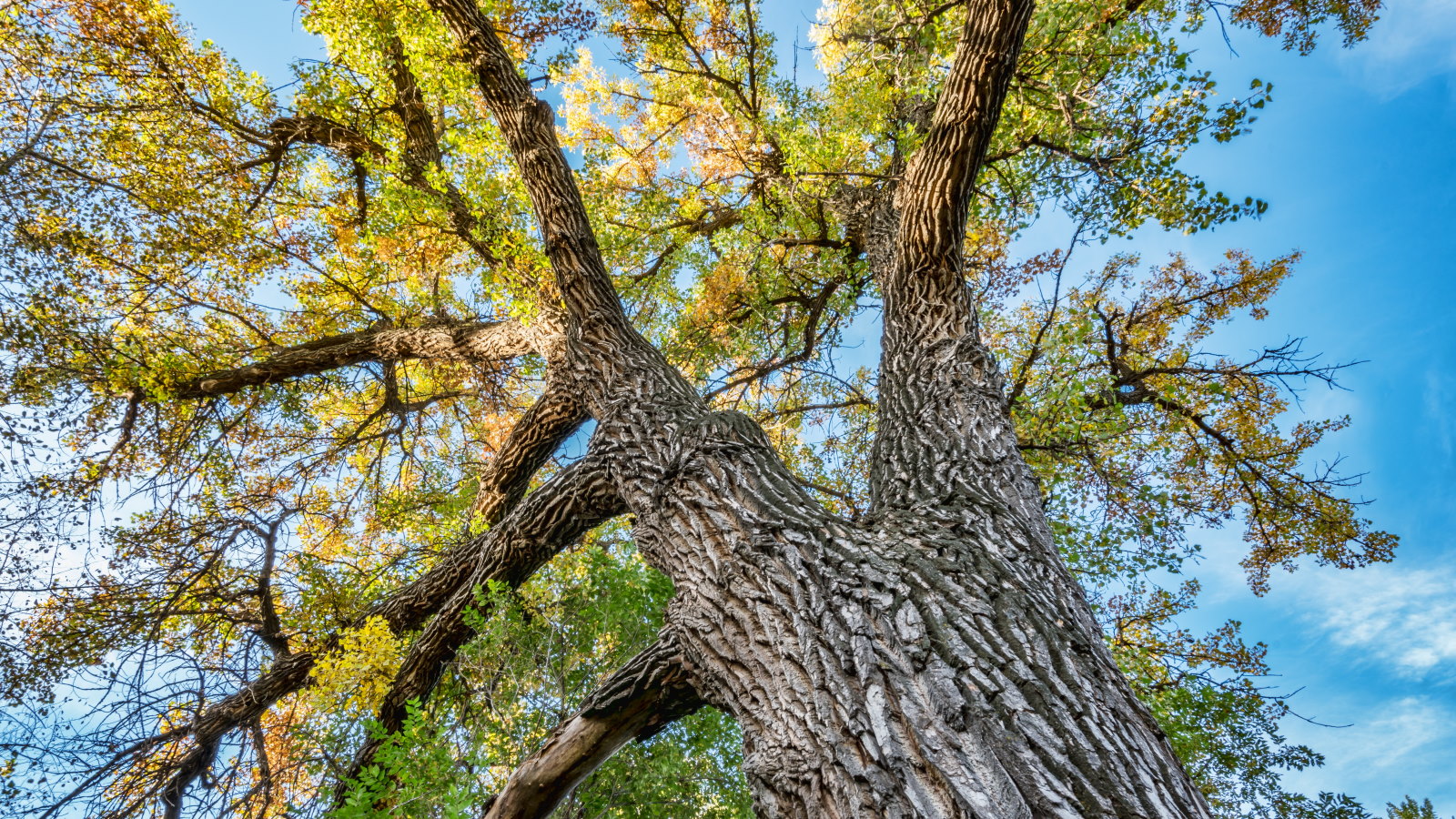 Safety is the number one reason to prune a cottonwood tree – an arborist reveals the best trimming routine to follow
Safety is the number one reason to prune a cottonwood tree – an arborist reveals the best trimming routine to followWhen and how to prune young and established cottonwoods
By Drew Swainston
-
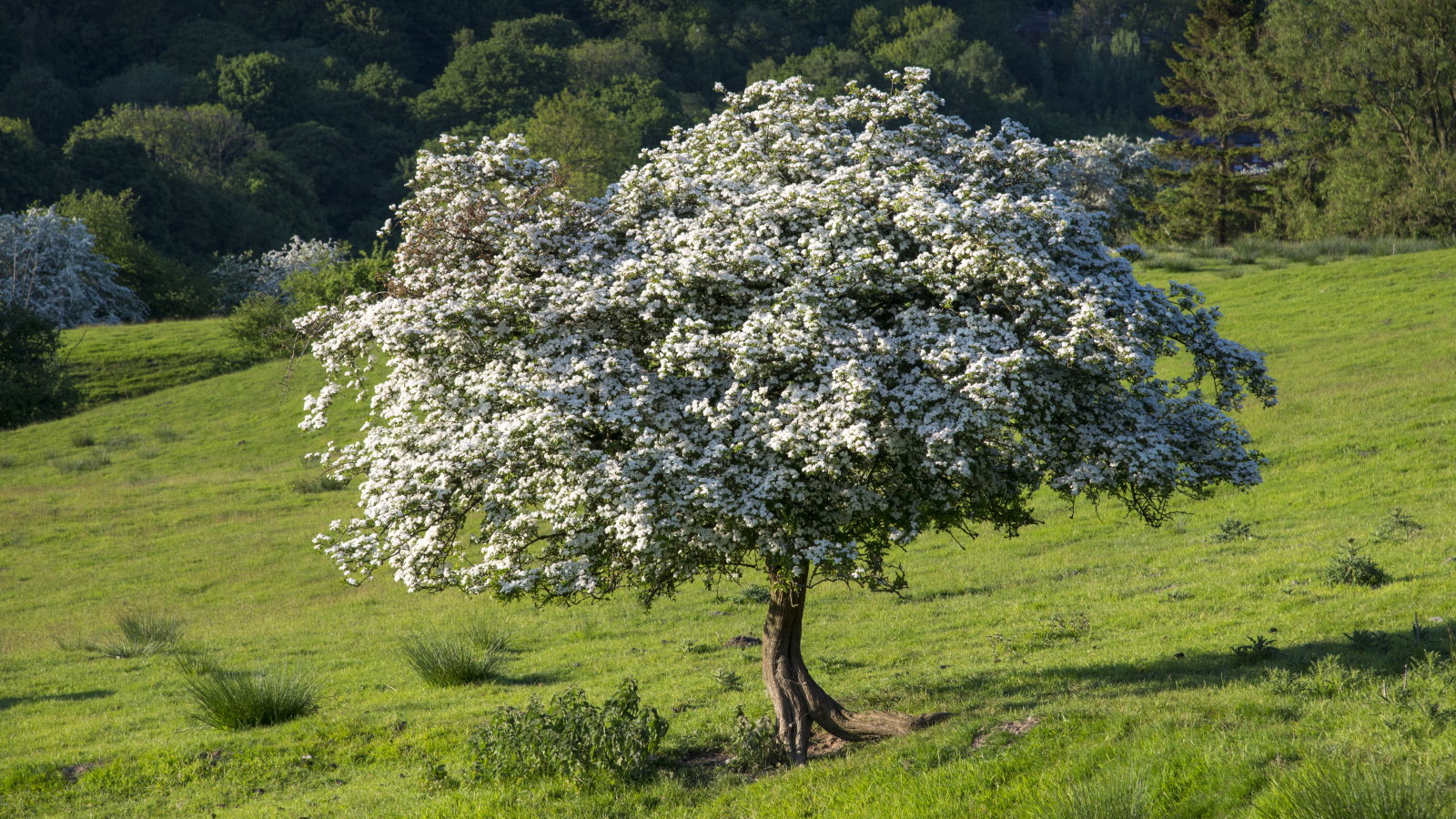 Now is the time to prune hawthorn trees to keep them healthy and attractive – 5 expert-recommended steps to follow for proper trimming
Now is the time to prune hawthorn trees to keep them healthy and attractive – 5 expert-recommended steps to follow for proper trimmingAvoid unnecessarily stressing your trees by pruning at the right time and not getting carried away
By Drew Swainston
-
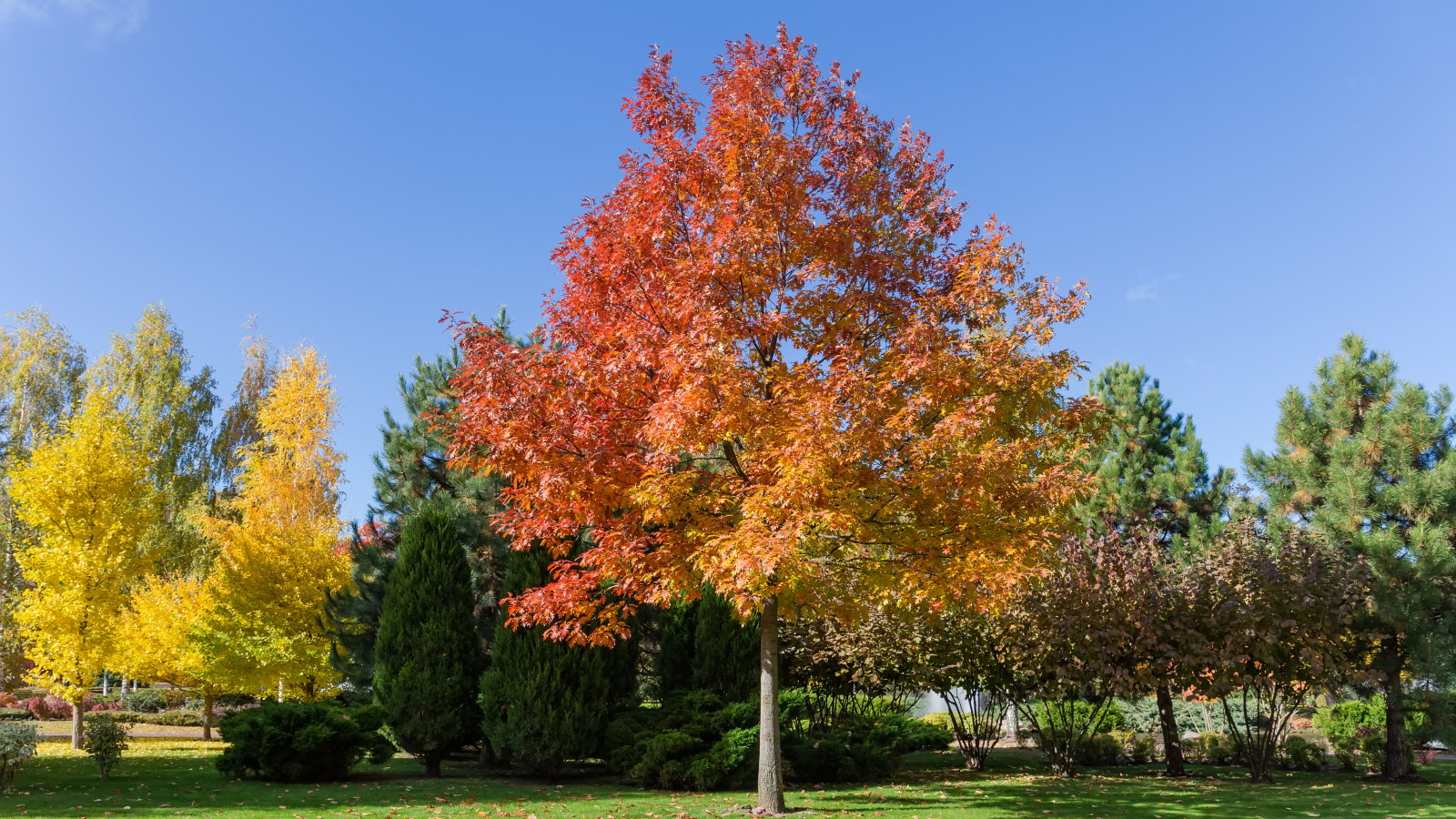 This is your last chance to prune oak trees to avoid a potentially fatal disease that can kill trees within months, arborists reveal
This is your last chance to prune oak trees to avoid a potentially fatal disease that can kill trees within months, arborists revealStay safe and discover what you can prune at different times of the year
By Drew Swainston
-
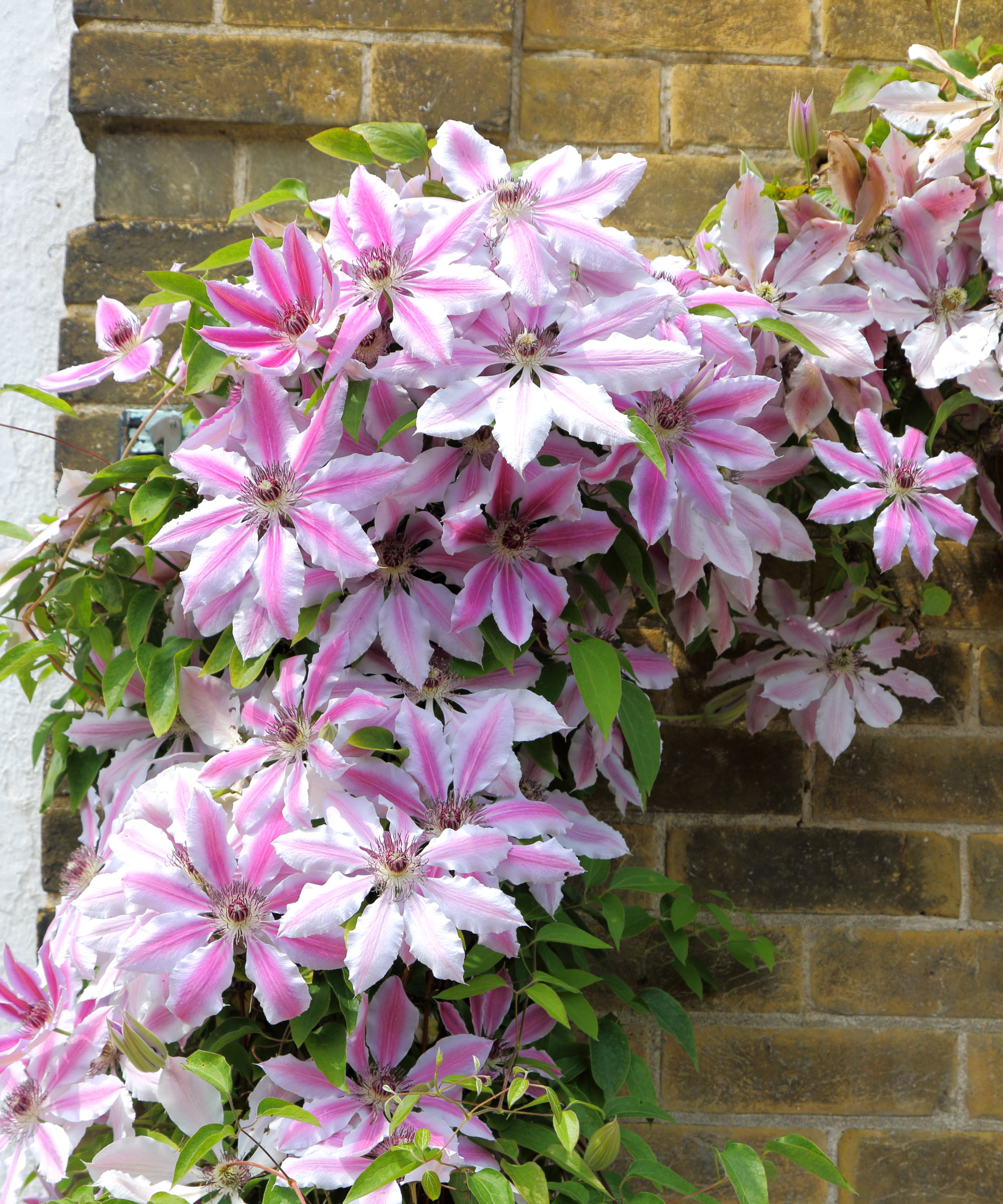 Expert horticulturists reveal 5 clematis pruning mistakes to avoid if you want spectacular floral displays
Expert horticulturists reveal 5 clematis pruning mistakes to avoid if you want spectacular floral displaysWhy you need to prune at the right time and not remove too much or too little
By Drew Swainston
-
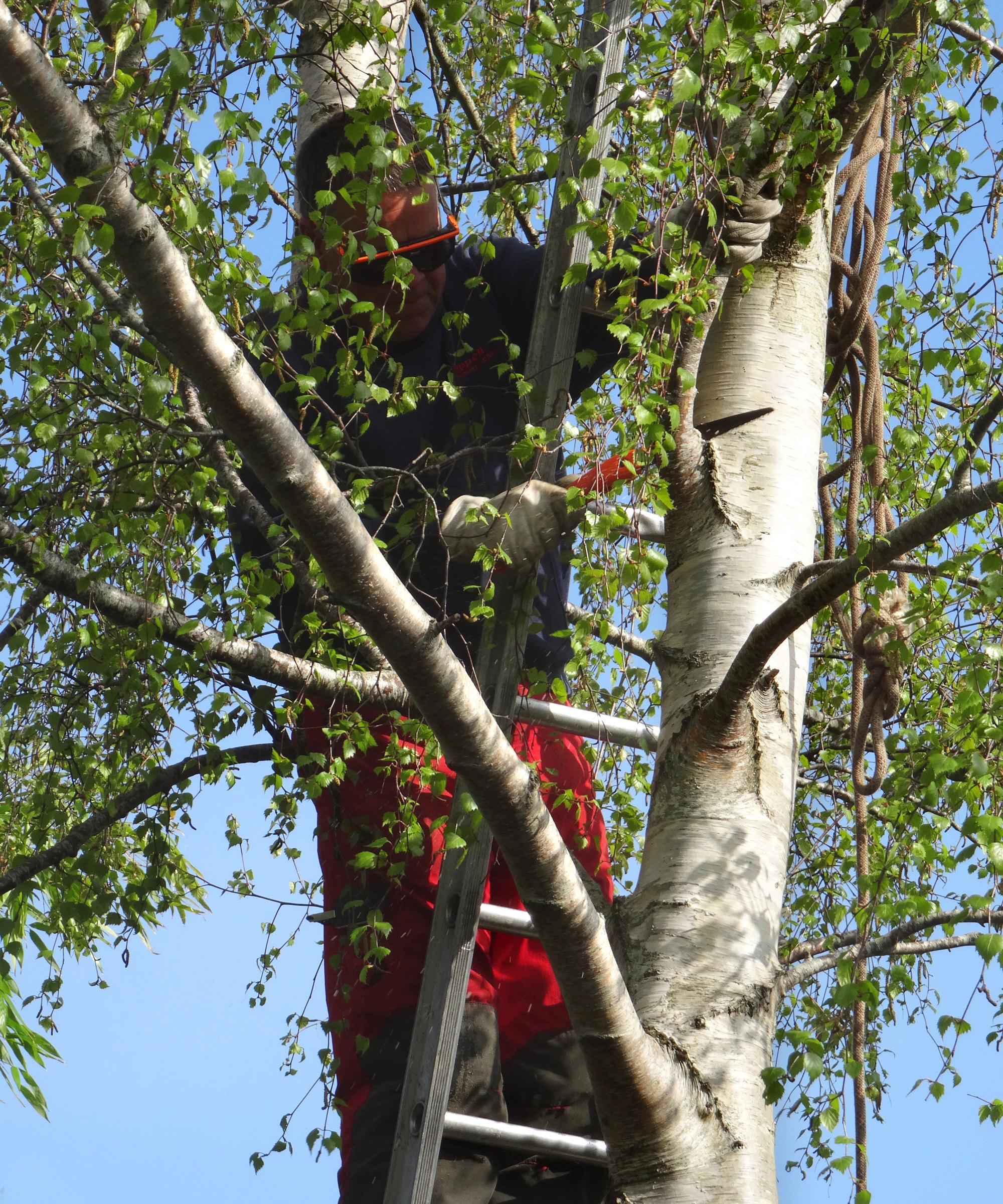 How to prune birch trees – arborists reveal 5 golden rules to follow and 3 things you should never do
How to prune birch trees – arborists reveal 5 golden rules to follow and 3 things you should never doAggressive pruning can be fatal to birch trees – here is how to avoid it
By Drew Swainston
-
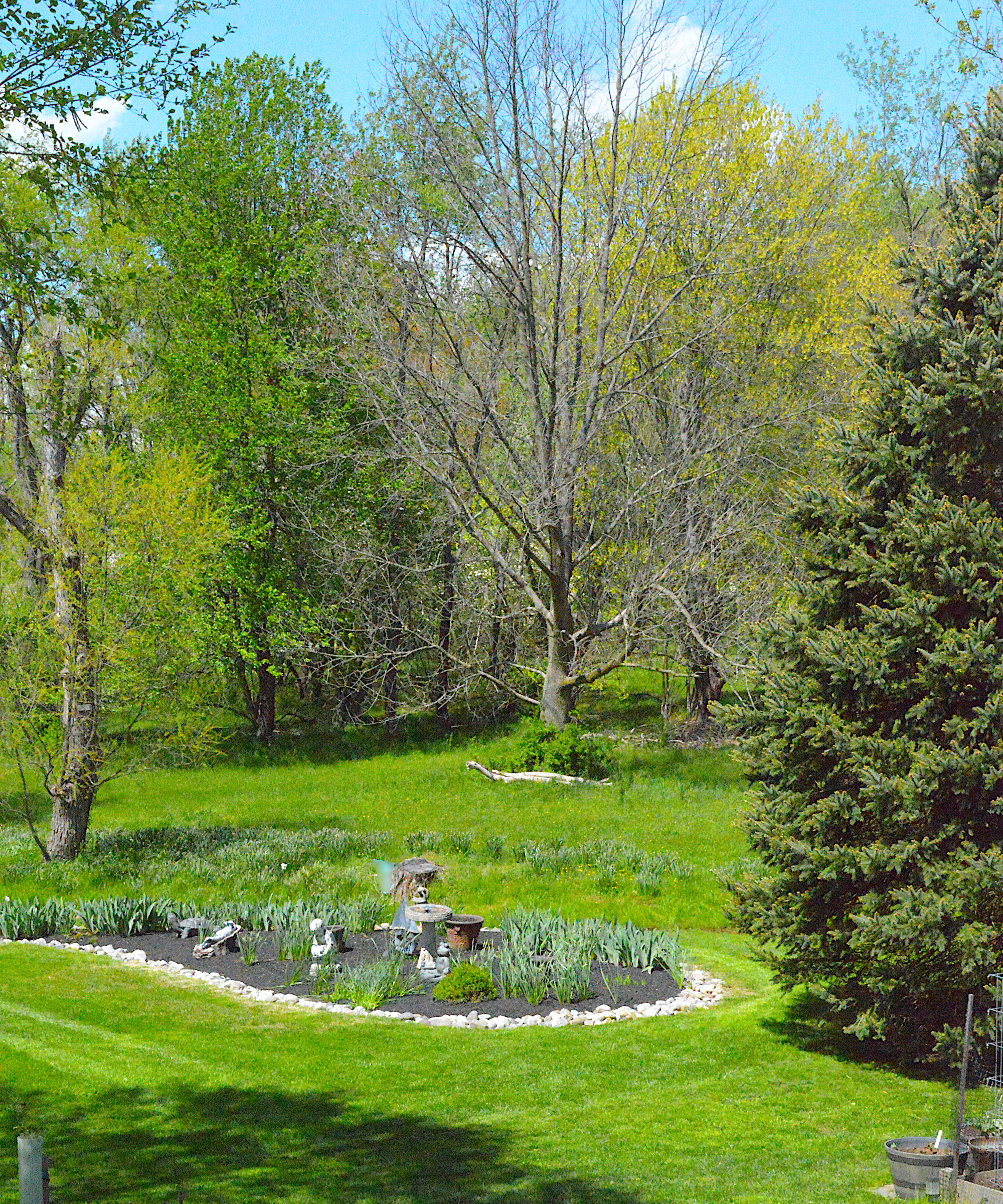 There's still time to prune deciduous trees this month – expert trimming advice for 9 of the most popular backyard trees
There's still time to prune deciduous trees this month – expert trimming advice for 9 of the most popular backyard treesThese trees will benefit from pruning in February with our handy guide
By Drew Swainston
